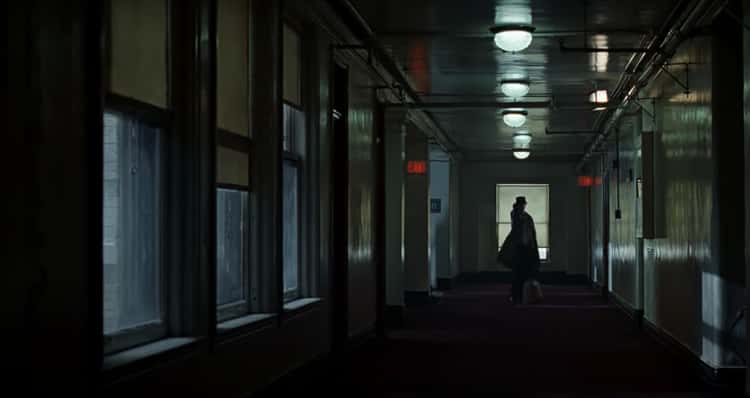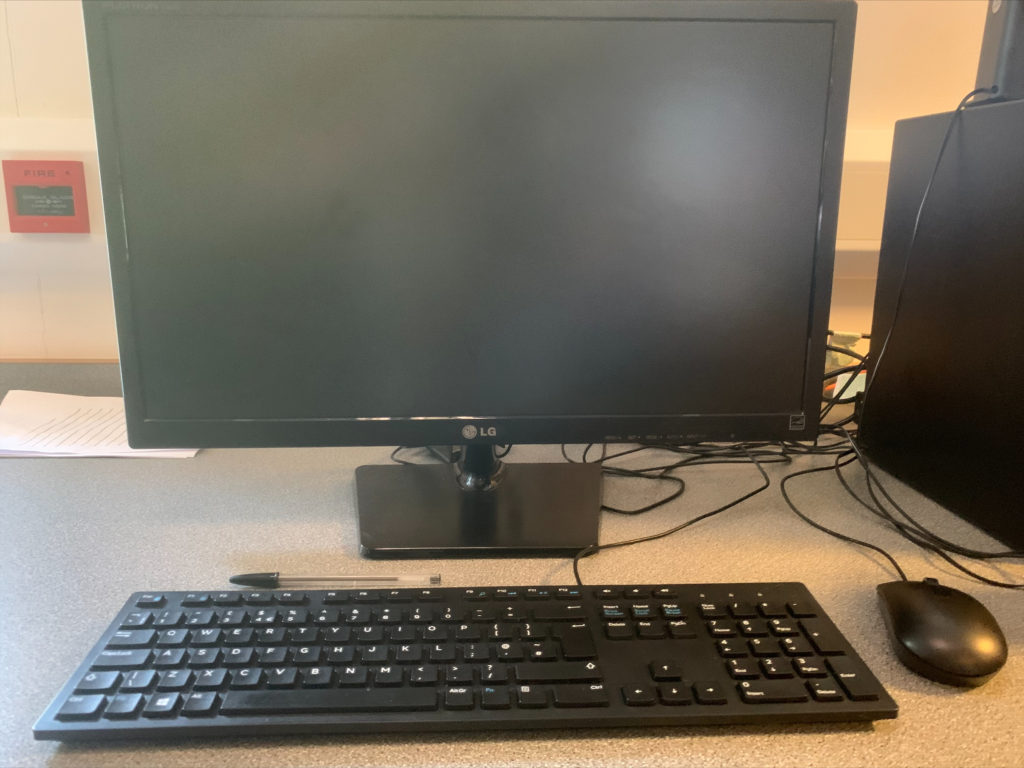What makes a film “good”?
I consider a film “good” if it leaves a lasting impression on me after watching, and I would watch it again. For this to happen the narrative of the film must be memorable, not just identical to other films of the same genre. For example, one of my favourite films, What We Do in the Shadows, is memorable due to it not presenting vampires how they usually are, seriously in the horror genre. Since it is a comedy, it shows vampires living somewhat normal lives with everyday problems such as the dishes not being washed, although the dishes are covered in blood. These sort of ridiculous scenarios occur throughout the film, such as when the police clearly miss the dead bodies in their house and are instead concerned about fire hazards. This also subverts your expectations of what will happen in the film, which is what I think makes a great comedy, as well as a film in any genre. This is one of the reasons why the film was memorable to me, and a reason for my interest in watching the TV show. The cinematography style fits in with the mockumentary genre, such as the shaky handheld camera making it feel like a real documentary. So I think cinematography is very important in making a good film, as even though the film is full of ridiculous scenarios, there has to be some realistic elements to get me absorbed in the narrative. I also think good characters are essential in making a good film. They should be memorable, unique and enjoyable to watch.
Hot Fuzz, my current favourite film, is another comedy which feels rewarding to watch. It does this by using small details that foreshadow and pay off at the end of the film. This makes the film incredibly rewatchable, as there are always foreshadowing moments you notice the next time. The use of action movie style cinematography enhances the comedy because the entire film is mocking the action genre. It does this by having very dramatic fight scenes previously called unrealistic earlier on in the film. Sound used effectively also makes a good film, for example in the fight scene, loud and dramatic action film music is played, as well as loud gunfire, adding to the whole action genre feel of the scene. I also think the editing adds to the comedy, such as a scene when a tv remote is pressed and immediately cuts off to a house exploding, as if that set off the explosion. Finally, I think realistic special effects help in making a film good. In Hot Fuzz, special effects are used for blood and gore to make shocking scenes. If the special effects were not as high quality, you would not be as immersed in the scene due to it being unrealistic.




